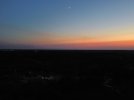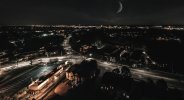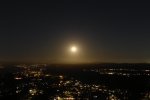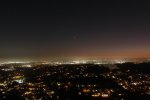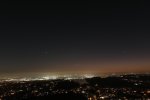- Joined
- Feb 8, 2018
- Messages
- 8,495
- Reactions
- 13,750
- Age
- 55
If there is a Trick to shooting the Moon than I dont know what it is.. That moon is very elusive , and does not want to be photographed by the drone.
I find it near impossible to capture any detail in the Moon .
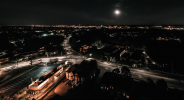
Flying at Night Protect those above you.
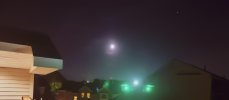
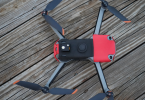
Phantomrain.org
Gear to fly your air 2s in the Rain and Capture the storm.
I find it near impossible to capture any detail in the Moon .

Flying at Night Protect those above you.


Phantomrain.org
Gear to fly your air 2s in the Rain and Capture the storm.






